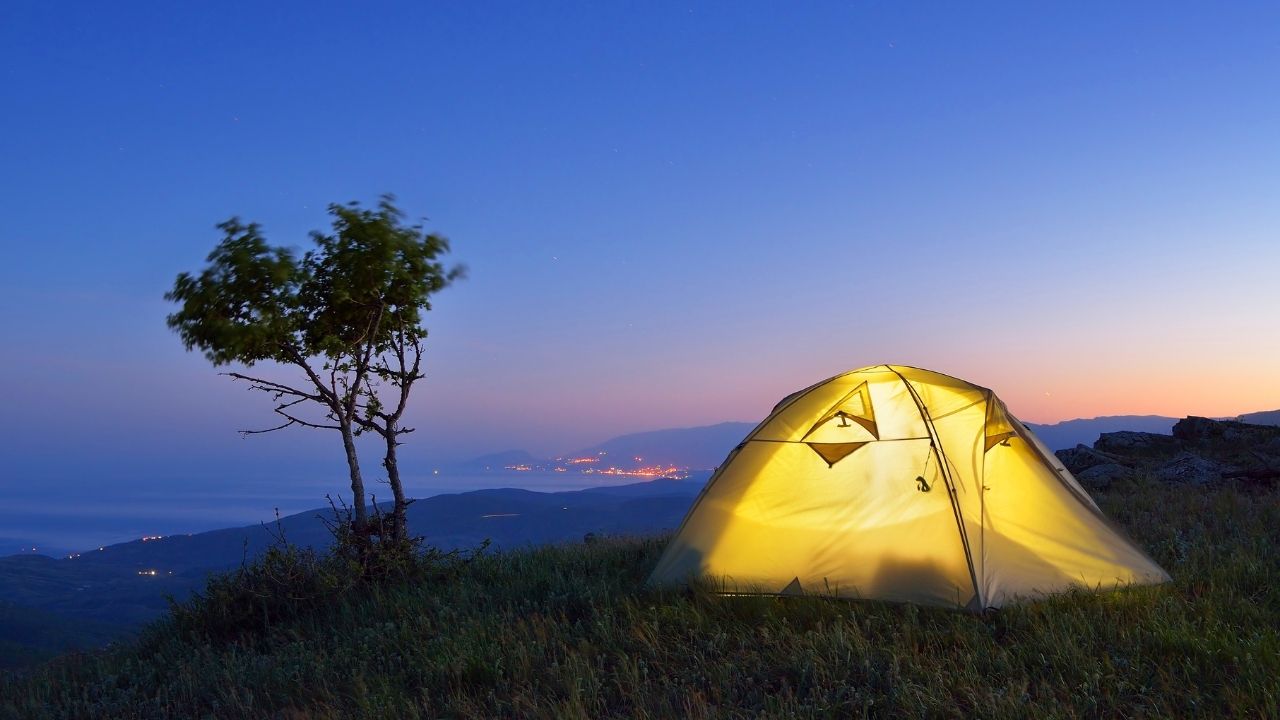
Discovering the Best Locations for Celestial Observations
As the warm summer nights arrive, many astronomy enthusiasts and curious minds turn their eyes towards the sky, eager to witness the breathtaking beauty of the cosmos. Summer stargazing offers a unique opportunity to explore the wonders of the universe, as the clear skies and pleasant temperatures create ideal conditions for celestial observations. In this article, we will guide you through some of the best locations for summer stargazing, ensuring that you can make the most of your astronomy adventures.
National Parks: Nature's Dark Sky Sanctuaries
National parks are often prime destinations for stargazers, as they offer vast expanses of pristine wilderness far from the light pollution of cities. Many national parks have earned the designation of International Dark Sky Parks, recognizing their exceptional starry nights and commitment to preserving the natural darkness.
One such gem is Death Valley National Park in California. With its remote location and dry climate, Death Valley boasts some of the darkest skies in the United States. Visitors can marvel at the Milky Way stretching across the horizon and spot countless stars, planets, and even meteors.
Another must-visit destination is Bryce Canyon National Park in Utah. Known for its otherworldly rock formations called hoodoos, Bryce Canyon also offers stunning night skies. The park hosts annual astronomy festivals and provides guided stargazing programs, allowing visitors to learn about the constellations and celestial objects visible during the summer months.
Mountain Peaks: Elevated Stargazing Experiences
Heading to higher elevations can greatly enhance your summer stargazing experience. The thinner air and reduced atmospheric disturbance at high altitudes provide clearer and sharper views of the night sky.
One popular location is Mauna Kea in Hawaii. Standing tall at nearly 14,000 feet above sea level, Mauna Kea is home to some of the world's most advanced astronomical observatories. While the summit is restricted to scientific research, visitors can still enjoy incredible stargazing from the visitor center located at 9,200 feet. The dry and stable air conditions make Mauna Kea an unparalleled spot for observing deep-sky objects like galaxies and nebulae.
Another high-altitude stargazing destination is the Rocky Mountains in Colorado. Areas such as Rocky Mountain National Park and Mount Evans offer pristine dark skies and breathtaking mountain vistas. The combination of crisp mountain air and minimal light pollution creates an ideal environment for appreciating the beauty of the summer night sky.
Desert Oases: Starry Skies in Arid Landscapes
Deserts, with their dry air and vast open spaces, provide excellent conditions for stargazing. The lack of humidity and cloud cover allows for crystal-clear views of the heavens.
The Atacama Desert in Chile is widely regarded as one of the best places on Earth for astronomical observations. Its high altitude, dry climate, and remote location make it a haven for professional and amateur astronomers alike. Visitors can experience the majesty of the southern hemisphere's night sky, including the iconic Southern Cross and the Magellanic Clouds.
Closer to home, the Joshua Tree National Park in California offers a unique desert stargazing experience. The park's distinctive Joshua trees create a surreal landscape that seems to merge with the star-studded sky above. Visitors can camp under the stars and enjoy the serene beauty of the desert night.
Coastal Escapes: Stargazing by the Sea
While beaches may not be the first places that come to mind for stargazing, coastal locations can offer surprising opportunities for celestial wonders. The sound of the waves and the wide-open horizons create a magical atmosphere for observing the night sky.
Acadia National Park in Maine is a prime example of a coastal stargazing destination. With its rugged coastline and minimal light pollution, Acadia offers stunning views of the Milky Way and the constellations reflected in the ocean's surface. The park also hosts annual night sky festivals, featuring astronomy talks and guided stargazing sessions.
Another coastal gem for summer stargazing is Big Sur in California. The dramatic cliffs and secluded beaches along the Pacific Coast Highway provide a picturesque backdrop for observing the stars. Visitors can camp under the stars or stay in nearby accommodations, immersing themselves in the natural beauty of the area.
Conclusion: Embracing the Wonders of the Summer Night Sky
Summer stargazing opens up a world of possibilities for those seeking to connect with the cosmos. From national parks to mountain peaks, desert oases to coastal escapes, there are countless locations that offer breathtaking views of the night sky.
As you plan your summer adventures, consider incorporating stargazing into your itinerary. Whether you are a seasoned astronomy enthusiast or simply curious about the mysteries of the universe, these top spots for summer stargazing will leave you in awe of the celestial wonders above.
So, pack your telescope or binoculars, grab a blanket, and venture out into the night. The stars are waiting to be discovered, and the best summer stargazing experiences await you in these incredible locations across the country and beyond.
 Family Craft ProjectsHome ImprovementCooking and BakingReuse and RecycleDIY GiftsEco-Friendly ProjectsDIY Home SolutionsSeasonal ActivitiesFun and GamesLearn TogetherPrivacy PolicyTerms And Conditions
Family Craft ProjectsHome ImprovementCooking and BakingReuse and RecycleDIY GiftsEco-Friendly ProjectsDIY Home SolutionsSeasonal ActivitiesFun and GamesLearn TogetherPrivacy PolicyTerms And Conditions
